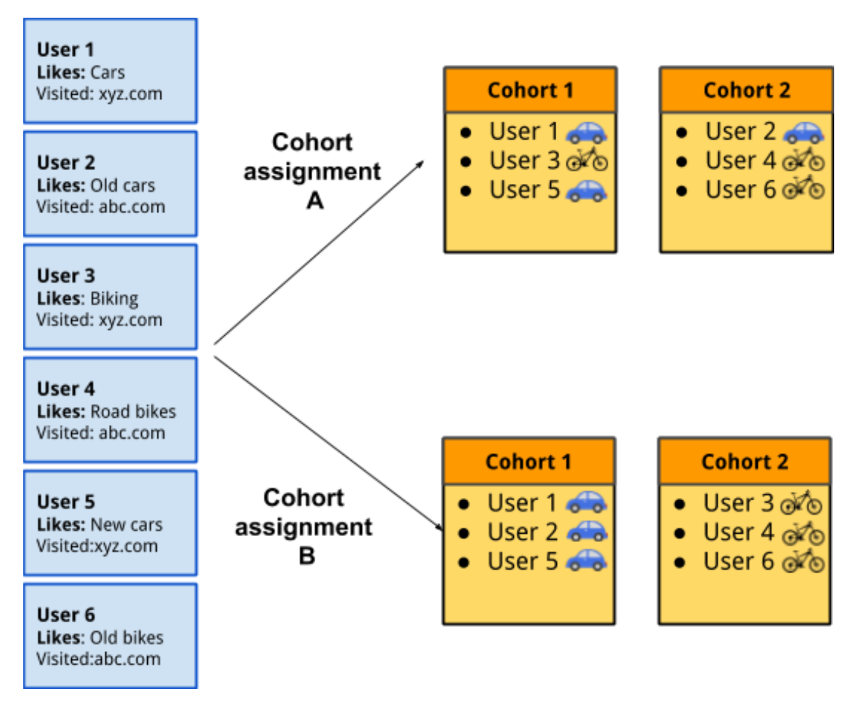News: Amazon acquires Indian retail startup Perpule
Amazon has acquired a startup in India that is helping offline stores go online, the e-commerce group’s latest attempt to make inroads in the world’s second most populous nation where brick and mortar continue to drive more than 95% of sales. The American e-commerce group said on Tuesday evening that it has acquired Perpule, a
Amazon has acquired a startup in India that is helping offline stores go online, the e-commerce group’s latest attempt to make inroads in the world’s second most populous nation where brick and mortar continue to drive more than 95% of sales.
The American e-commerce group said on Tuesday evening that it has acquired Perpule, a four-year-old startup. A regulatory filing showed Amazon Technologies paid $14.7 million to acquire the Indian startup in an all-cash deal. The company is expected to spend an additional $5 million or so to compensate Perpule’s employees.
Perpule, which had raised $6.36 million (per insight platform Tracxn), offers a mobile payments device (point of sale machine) to offline retailers to help them accept digital payments and also establish presence on various mini app stores including those run by Paytm, PhonePe, and Google Pay in India.
“Perpule has built an innovative cloud-based POS offering that enables offline stores in India to better manage their inventory, checkout process, and overall customer experience,” an Amazon spokesperson said in a statement.
“We are excited to have the Perpule team join us to focus on providing growth opportunities for businesses of all sizes in India while raising the bar of the shopping experience for Indian customers.”
Founded in late 2016, the Indian startup’s first product was focused on helping customers avoid queues at super chains such as Shoppers Stop, Spar Hypermarket, Big Bazaar, and More. But the product, said Abhinav Pathak in a recent interview, wasn’t scaling, which is when Perpule pivoted.
The Bangalore-based startup — which counts Prime Venture Partners, Kalaari Capital, and Raghunandan G (founder of neobank Zolve) among its investors — has further expanded in recent years, launching products like StoreSE, which enables a business to support group ordering.
Last year, it also expanded geographically; bringing its offerings to Southeast Asian markets including Indonesia, Malaysia, Thailand, Singapore, and Vietnam.
Amazon has aggressively engaged with physical stores in India in recent years, using their vast presence in the nation to expand its delivery network and warehouses and even just relying on their inventory to drive sales.
The company’s push into physical retail comes as Flipkart, and Reliance Jio Platforms (backed by Facebook and Google), which last year raised over $20 billion, also race to capture this market. The acquisition of Perpule comes less than a week after Google backed DotPe, a startup that offers several similar products.
These neighborhood stores offer all kinds of items, are family-run and pay low wages and little to no rent. Because they are ubiquitous — there are more than 30 million neighborhood stores in India, according to industry estimates — no retail giant can offer a faster delivery. And on top of that, their economics are often better than most of their digital counterparts.







